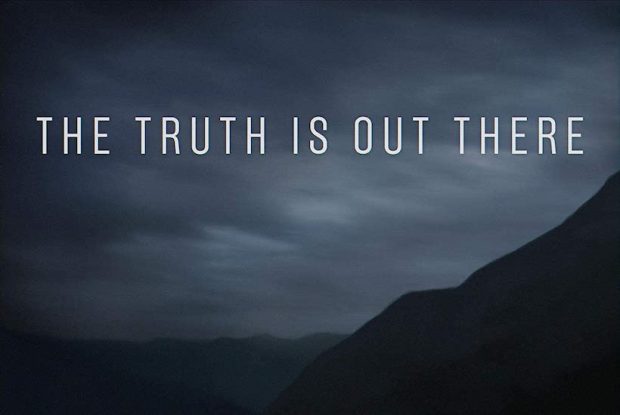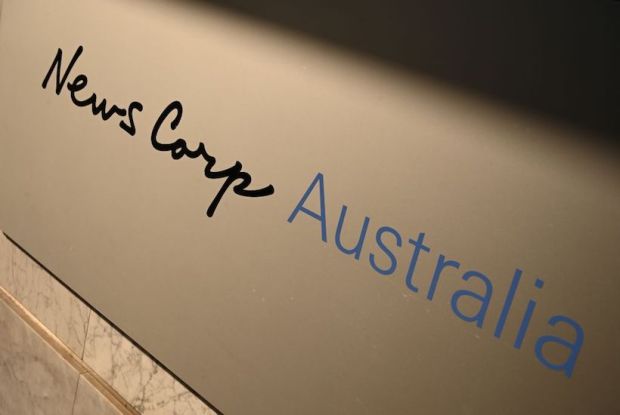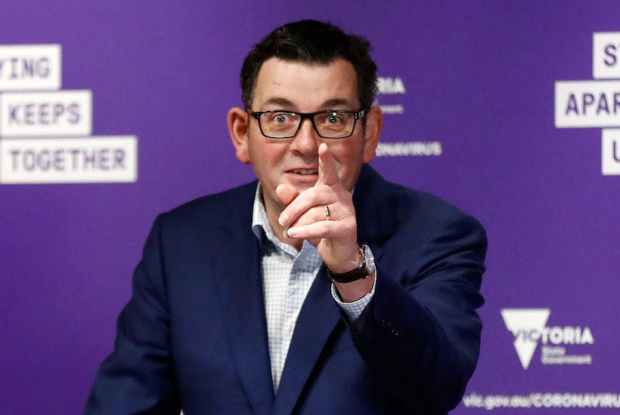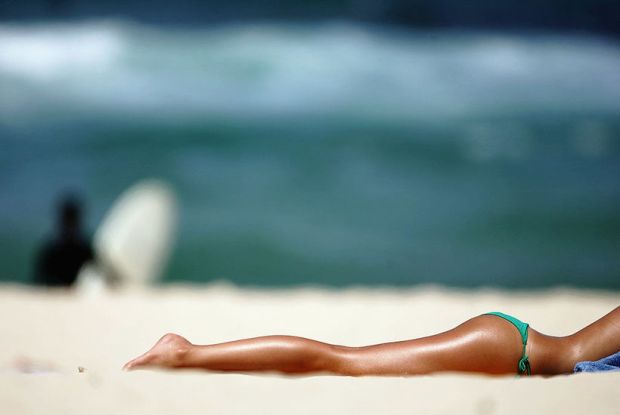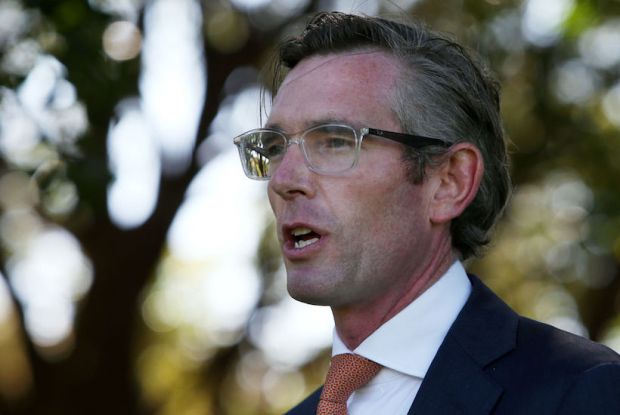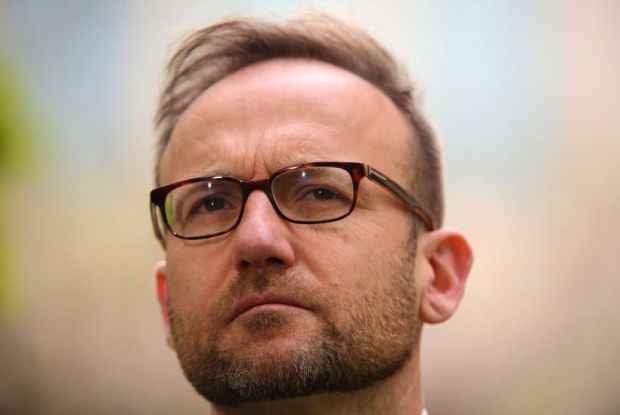Treasurer Josh Frydenberg has forecast the economy will grow by close to $10 billion a month once all three stages of lockdown restrictions are completed.
At least that’s the promise being dangled in front of Australians as we emerge from lockdown as strict safety measures still remain on much business and personal activity.
In a sobering statement, the Treasurer took us through where we’ve come from at the beginning of the year, where we are now, where the Coalition hopes to take us — and where we might end up.
Here are the five key grabs.
One
The unemployment rate fell in February to 5.1%, with the participation rate at near-record highs against the backdrop of 1.5 million new jobs being created over the last six years.
After inheriting a budget deficit of $48.5 billion, the budget was back in balance for the first time in 11 years.
And despite the adverse economic impacts from the global trade tensions, fire, floods and drought, we were on track for the first surplus in 12 years.
Two
The IMF is forecasting the world economy to contract by 3% this year. In contrast, during the GFC the global economy shrank by just 0.1% in 2009.
China’s GDP fell in the March quarter by 9.8% – their first quarterly fall on record. Italy, France and Spain all experienced their largest quarterly falls on record. In the United States, 33 million jobless claims have been made in the last seven weeks with an unemployment rate rising to 14.7%.
In Australia, Treasury is forecasting GDP to fall by over 10% in the June quarter, which would represent our biggest fall on record.
At $50 billion, this is a loss equivalent to the total quarterly production of South Australia, Tasmania, the Northern Territory and the ACT.
Treasury is forecasting the unemployment rate to reach around 10% or 1.4 million unemployed in the June quarter.
The 5 percentage point increase in the unemployment rate is expected to occur over three months, compared to the three years it took to unemployment rate to rise by the same amount in that devastating period of the early 1990s.
Household consumption and business and dwelling investment are all forecast by Treasury to fall sharply in the June quarter.
The combination of social distancing, lower incomes, and increased uncertainty are weighing heavily on aggregate demand and flowing through to reduced cashflow. Household consumption is expected to be around 16% lower.
Business investment is expected to be around 18% lower, with falls concentrated in the non-mining sector. Dwelling investment is also expected to be around 18% lower.
Three
The unprecedented scale and speed of the government’s economic response has driven a rapid increase in borrowings.
While there will be a significant increase in government debt, which will take many years to repay, our measures have been designed in a way that protect the structural integrity of the budget.
Australians know there is no money tree. What we borrow today we must repay in the future.
Temporary and targeted, the new spending measures were not designed to go forever, but to build a bridge to the recovery phase.
As Standard & Poor’s stated less than four weeks ago, while the government’s fiscal measures will – and I quote – “weigh heavily on public finances in the immediate future, they won’t structurally weaken Australia’s fiscal position.”
With $320 billion or 16.4% of GDP in financial support, our focus is on getting the country through the crisis and position the economy to recover on the other side.
This has only been possible because of the strength of our economic position when we entered the crisis. Growth had risen from 1.8 to 2.2% in the December quarter. And the IMF was forecasting the Australian economy to grow faster than the United States, the United Kingdom, Japan, France and Germany in both 2020 and 2021.
Four
Treasury estimate as a result of easing the restrictions in line with stages 1, 2 and 3, GDP will increase by $9.4 billion each month.
It will see Australians move around more freely.
The $9.94 billion, increasing demand, including in retail, will contribute $2.9 billion.
The opening of cafes, pubs, clubs, transparent venues, health and fitness gyms will contribute $2.2 billion.
The opening of schools will contribute nearly $2.2 billion and other industry sectors like local government, museums, and parks, a further $1.2 billion. The relaxation of travel restrictions is expected to contribute around $700 million.
The speed at which restrictions are lifted may differ in each state.
So too the impact on jobs and GDP from the implementation of each stage.
Treasury estimate the benefits of just stage one being lifted will lead to more than 250,000 people going back to work, and more than $3 billion in additional GDP.
This includes 83,000 jobs and $one billion a move in New South Wales. 64,000 jobs and over $715 million in Victoria. 51,000 jobs and $610 million in Queensland. 25,000 jobs and $435 million in Western Australia. 17,000 jobs and $178 million in South Australia. 5,000jobs and $50 million in Tasmania. 4,000 jobs and $60 million in the ACT, and 3,000 jobs and $40 million in the Northern Territory.
However, these improvements in the economy depend on us continuing to follow the health advice. Failing to do so could see restrictions re-imposed at a loss of more than $4 billion a week to the economy.
Five
If our largest state, New South Wales, had to reimpose restrictions, equivalent to those in place before the 8 May national cabinet meeting, it will cost its economy around $1.4 billion per week.
For Victoria, the cost would be around $1 billion. In Queensland, $800 million, in Western Australia, $500 million, in South Australia $200 million, in Tasmania $100 million, in the ACT, $100 million, and in the Northern Territory, $40 million per week.
This is the economic cost we all have to bear if we fail to act.


